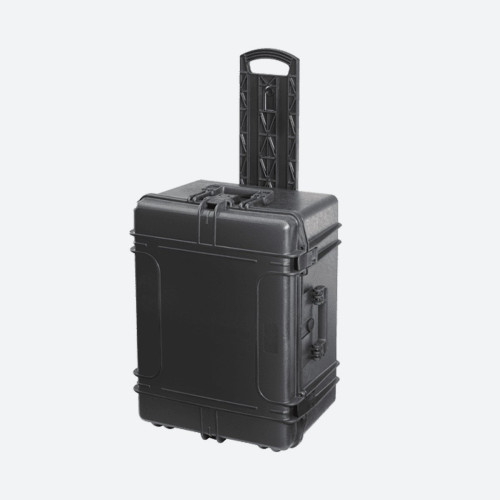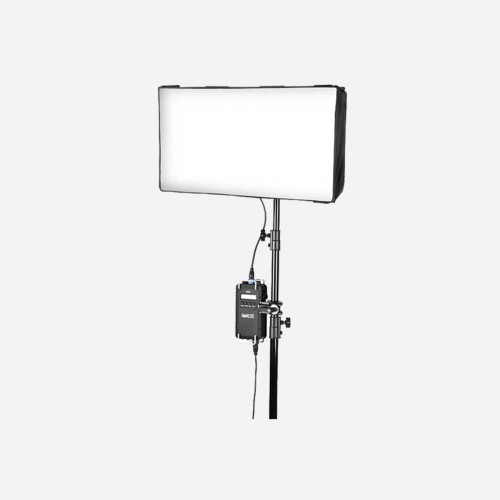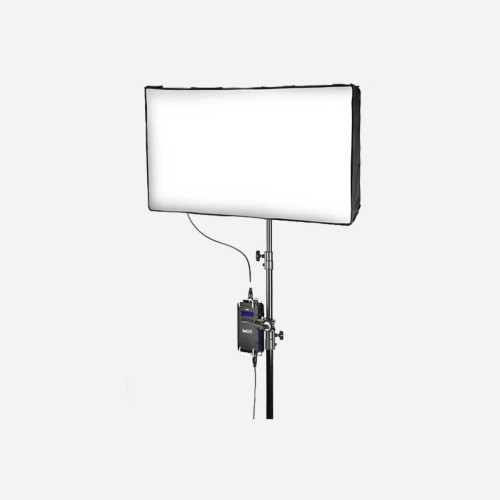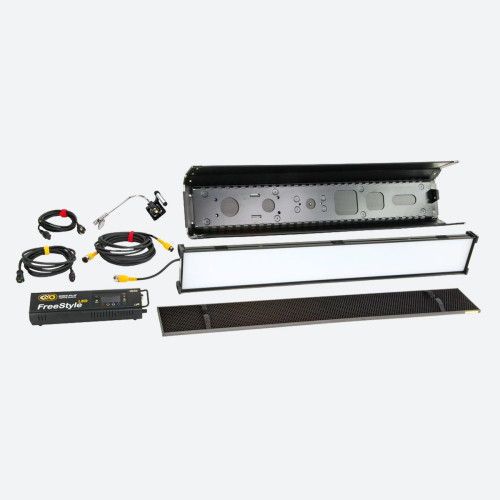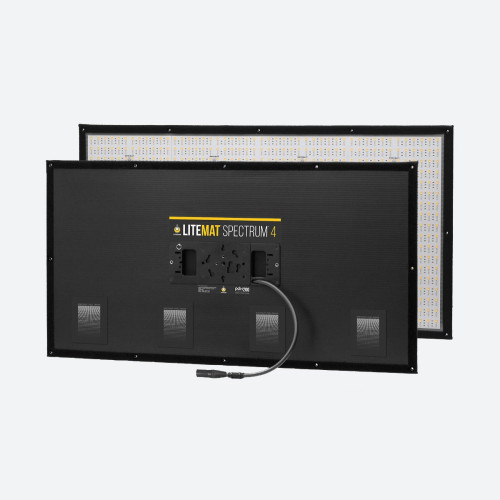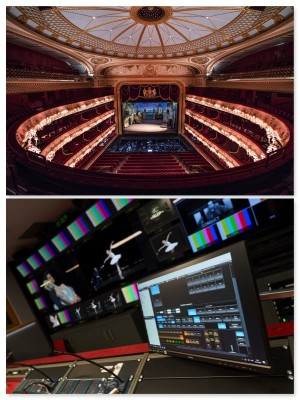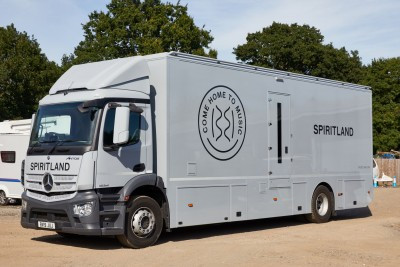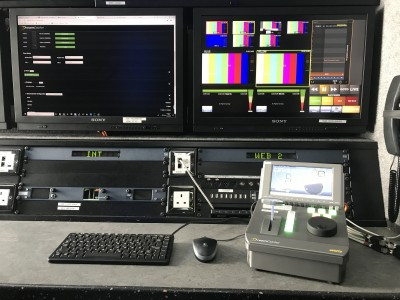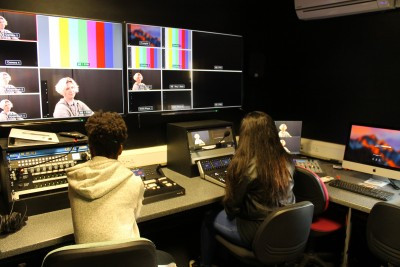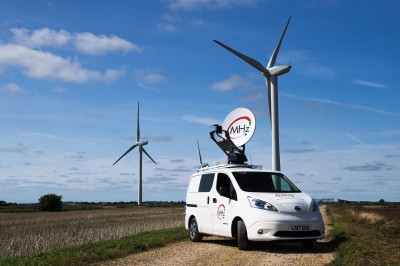Live production for multi-platform delivery
Author: Steve Burgess
Published 1st April 2013
by Steve Burgess, technical director, Megahertz Broadcast Systems
Live event television, whether it is sport or music and entertainment, has always made serious demands of production technology. At Megahertz Broadcast Systems we have been building outside broadcast trucks for some of the world’s most demanding customers, for more than 25 years, so we can perhaps help the conversation by talking about some of our experiences.
A common factor that characterises virtually all of the trucks we have built is that they will be used for a number of different applications, so flexibility in design is absolutely critical. One day a truck might be at a sports ground, needing super slo-mo cameras and instant access to large numbers of replays; the next it might be at a concert where high quality audio monitoring is paramount.
Technical and production control for these different styles of operation needs to be accomplished within the confines of a vehicle. Even in the largest of trucks, with double or triple expanding sides, space is still critically limited, so there is no possibility of building in every feature and just using the ones needed. All the space has to earn its keep, so the physical design has to allow operational areas and the hardware that supports them to be changed as required.
But that is not the only set of parameters defining the physical layout of the unit. Most obviously, it has to stay within the maximum legal limit for its class of vehicle, whether that is a trailer or a rigid truck. Not only is the weight limited, but it has to be reasonably well balanced or the truck will become unstable on the move, and difficult to level on site.
The final set of design requirements for the layout is that there has to be good sightlines, so that everyone can see the monitors they need to see, operators can see the director, and so on. The audio area of the truck has to be, as far as possible, acoustically isolated so the sound supervisor is not distracted by other noises, and the relatively high monitoring level does not distract other staff.
Given the pressure of a live broadcast, the staff need to be as comfortable as possible. That means maintaining a steady temperature and a quiet environment for the operators, keeping the power-hungry equipment in a separate technical area where the noisy air conditioning will not disturb anyone.
This list of physical requirements has been around since the beginning of the outside broadcast, and engineers have continually juggled with them. As equipment became smaller and less power-hungry, production teams found the need for more of it. Where once a four-camera unit was the limit, now outside broadcast trucks are built to support 24 cameras or more routinely. That, in turn, means more replay channels and more motion graphics to link in and out of the replays. So we need an even bigger production switcher.
Multiple outputs
Perhaps because of this increasing complexity in the core equipment, the ability to support multiple outputs, rather than just a single feed, has been common for some time.
At its simplest, the unit might be required to deliver a clean feed – just the pictures and effects audio – as well as the finished programme, including graphics and commentary. At a sports event there might be an international feed and a domestic feed, with the latter featuring cutaways to commentator cameras or perhaps a presentation area on location.
There may be a need to feed other services. We recently built a fleet of trucks for RaceTech, which cover 700 horse race meetings in the UK. These trucks have to perform three functions simultaneously. They deliver television coverage of the races to a broadcaster; they create a fully presented race day television channel to be shown on screens around the course and in the hospitality areas; and they capture every second of every race with around 10 cameras, each independently recorded, so that the stewards can carefully study any incident immediately all in high definition.
Rugby and cricket at the top level now also rely on television replays, so these need to be delivered from the truck, and sports have specific codes of practice on when the officials’ replays can be seen by the crowd at the event. There will probably also be giant screens for the crowd at a sports event or a concert, which need content similar to the main output but not the same.
So the architecture of the truck has to support multiple outputs. It may be that a 3 M/E or 4 M/E production switcher is specified, allowing full production values while still allowing clean feeds and alternative graphics to be delivered. The leading vendors of switchers allow functions to be dynamically linked, to make it easy to break away when different outputs are required, and as easy to come back to a single output.
Developing ways of serving multiple platforms from an outside broadcast is an extension of this existing requirement. The same core material is delivered in new ways to new platforms. Some of this may require additional processing, for instance to change resolution, encoding and wrapping to deliver to online or mobile devices, and this will require additional hardware. But the core challenge is to chop up the right pictures for the right destination.
New media opportunities are opening up. Sports fans in the stadium, for instance, might be excited by the ability to see replays of key action, on their mobile phone. That requires the moment to be clipped, perhaps reframed for mobile devices, and delivered to a local edge server really quickly.
Other events might call for live streaming as well as television broadcasting. Again, there will be differences in the coverage, perhaps with alternative presentation and content. The traditional assumption is that online and mobile services require more tight shots focused on the action, fewer wide beauty shots which look impressive in HD on a large screen but less so on a handheld.
Content may also need to be changed for commercial reasons. There may be different sponsors for the broadcast and online coverage, calling for commercial messages to be split away even within the continuous output.
Adding multi-platform delivery to the list of requirements on a major outside broadcast does increase the flexibility, of course. It requires more paths through the router and production switcher, it will almost certainly call for different graphics and possibly repackaging if the online streams are to be delivered locally.
Adding the capability of more outputs in more formats to the design of the truck, though, is well understood, at least by the design team at Megahertz. Success will be judged by an environment that ensures the technical team can implement whatever outputs are needed without increasing the rigging time, and the production team is comfortably housed with good communications, good monitoring and good air conditioning.




